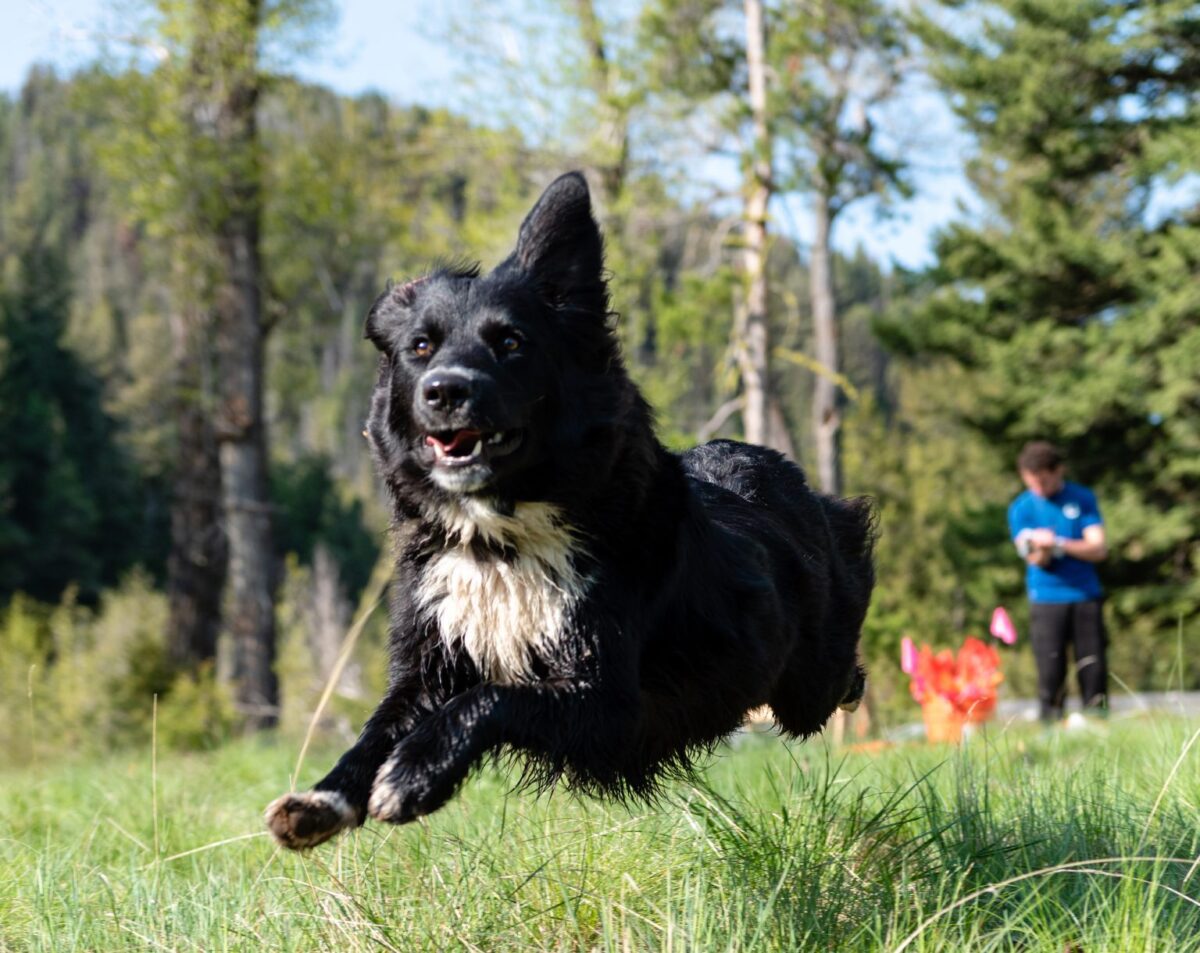Archaeologists are constantly searching for the forgotten secrets of our past. Their next asset in uncovering these mysteries could come from an
unlikely source: dogs. With a nose that is capable of smelling up to a thousand times better than people, archaeology dogs could provide a non-invasive way of identifying animal and human remains at a site. Significantly, this reduces the risk of over-exposure for sites of archaeological significance, leaving the remains untouched when necessary.
It is well known that dogs help the police in drug detection, but what you may not know is that dogs can also assist in the detection of human remains. Cadaver dogs or Human Remains Detection dogs have helped police close countless cold cases and provide closure to the families of victims. Dogs have been detecting human remains for over two hundred years. That same skill is what makes them potentially useful to archaeologists, too.
Specially trained Historic Human Remains Detection (HHRD) dogs could provide a way to detect a person’s final resting place without disturbing the physical remains. This is particularly important in cases where religious, cultural or ethical beliefs make it impossible to actually excavate the remains.
In 2007, in San Diego County, California, for example, a construction project was infringing on a Native American burial site. With the consent of the indigenous community, the site was searched in 2007 and 2011 by six different dogs. Fourteen potential burial sites were identified. As a result, the indigenous community were able to alert the construction company to the burial sites, so that hopefully they would remain undisturbed. When construction in 2012 accidentally disturbed one of those potential burial sites, it was indeed found to have contained a burial.
